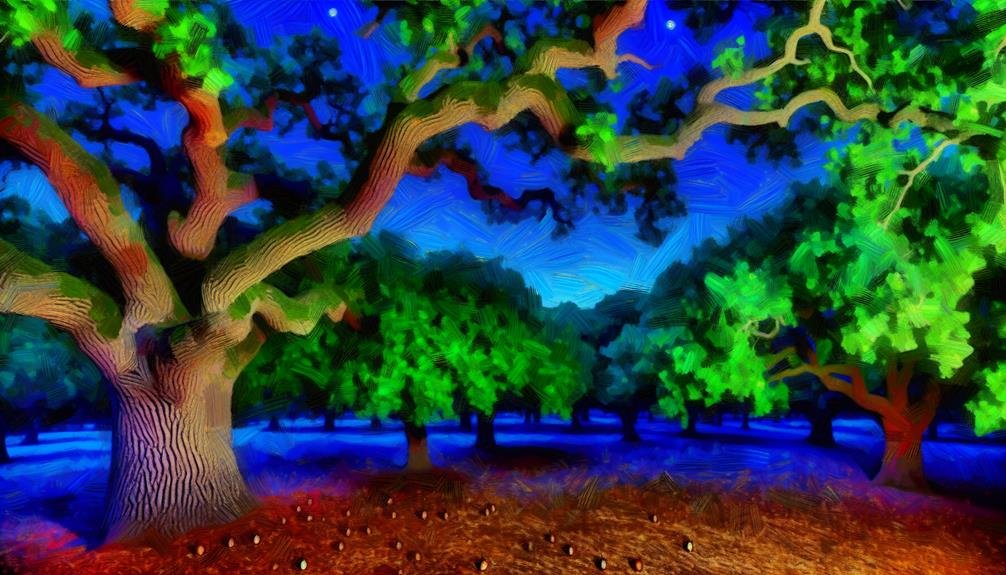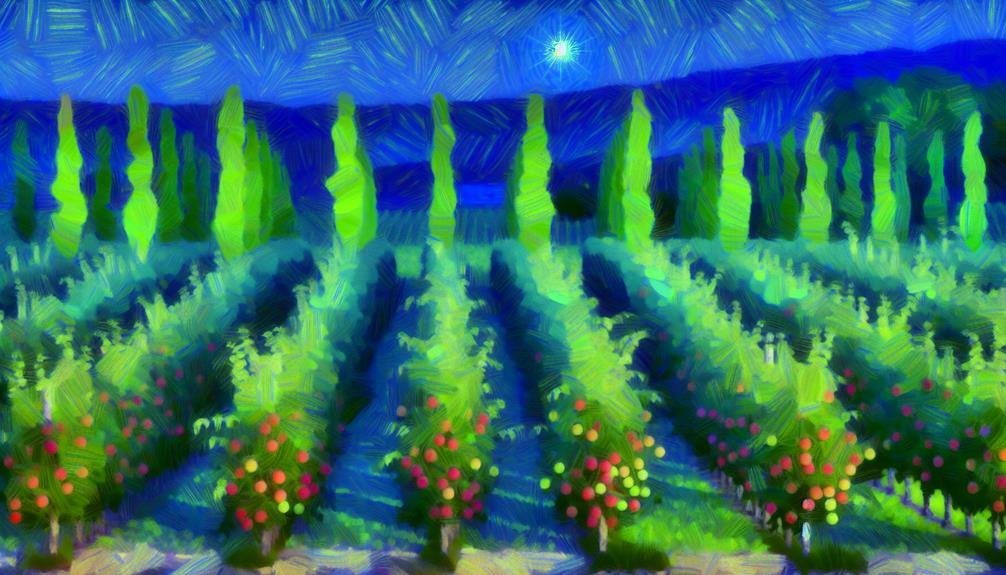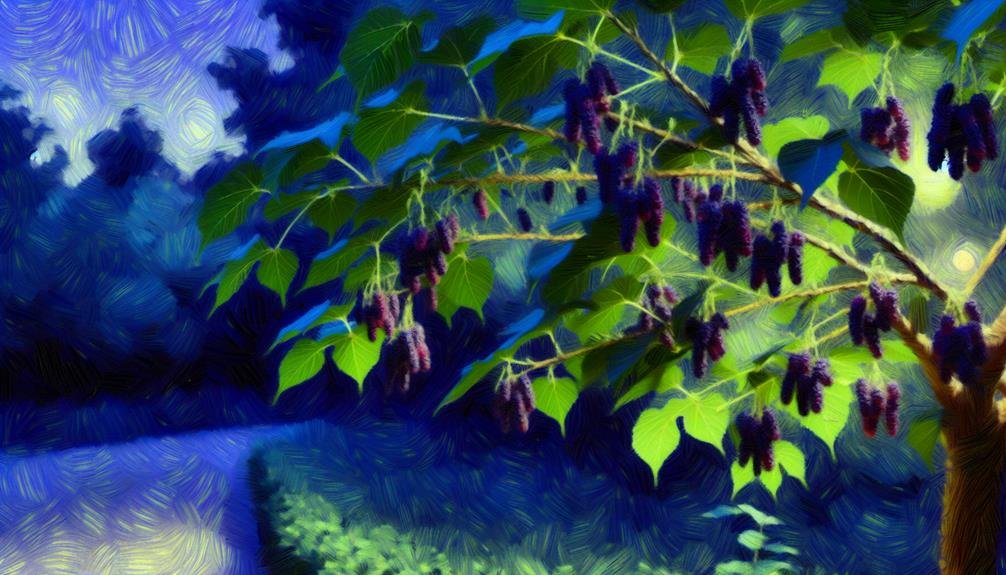Author: Plantovio
-

Pros and Cons of Crepe Myrtle Trees
Crepe Myrtle trees are celebrated for their extended blooming season and aesthetic appeal, featuring vibrant flowers and attractive bark. They are drought-tolerant and low-maintenance, making them suitable for various garden sizes. Nevertheless, these trees can be prone to powdery mildew and attract pests like aphids. Additionally, improper pruning can severely affect their health. Crepe Myrtles…
-

Pros and Cons of Peach Trees
Peach trees provide numerous advantages, such as producing sweet, nutritious fruit and enhancing garden aesthetics with their vibrant blossoms and lush foliage. They are beneficial to the environment, supporting pollinators and improving soil health. Nevertheless, they also present challenges, including susceptibility to pests and diseases, specific space and growth requirements, and climate sensitivity. These trees…
-

Pros and Cons of Red Oak Trees
Red oak trees (Quercus rubra) present several advantages and disadvantages. On the positive side, they are fast-growing, visually striking with vibrant autumn foliage, and versatile to various soil types, making them suitable for urban environments. Their wood is also highly valued in furniture and cabinetry. Nevertheless, red oaks have some limitations, including susceptibility to dents,…
-

Pros and Cons of Columnar Apple Trees
Columnar apple trees are an excellent option for gardeners with limited space, as they grow upright, requiring just 18 inches between each tree. They can produce fruit within 1-2 years and yield considerably, averaging 20-30 pounds annually. Additionally, their minimal care requirements make them suitable for both novice and experienced gardeners. On the other hand,…
-

Pros and Cons of Red Maple Trees
Red maple trees are celebrated for their striking seasonal foliage, rapid growth, and ecological benefits, such as carbon sequestration and wildlife support. Nevertheless, their structural weaknesses, especially codominant stems, render them susceptible to breakage and damage, particularly in severe weather. Additionally, their shallow root systems can disrupt nearby infrastructure and they are vulnerable to pests…
-

Pros and Cons of Hydrangeas
Hydrangeas are beloved for their large, vibrant blooms and versatility in various garden designs. They offer a broad color palette influenced by soil pH, thriving in slightly acidic, well-draining soils. Advantages include low maintenance, long blooming periods, and their attraction to pollinators. Nevertheless, they are sensitive to heat stress, susceptible to pests, and require consistent…
-

Pros and Cons of Mulberry Trees
Mulberry trees provide numerous benefits, including delicious berries high in vitamins and antioxidants, low maintenance requirements, and the ability to improve local biodiversity by attracting wildlife. They thrive in diverse soil types and are drought-tolerant once established. Yet, their prolific fruit-bearing can lead to messy yards, potential invasiveness, and pest attraction. Inconsistent harvests can also…
-

Pros and Cons of Lilac Bushes
Lilac bushes are celebrated for their vibrant colors and enchanting fragrances, enhancing any garden with their aesthetic appeal. They attract essential pollinators like bees and butterflies and can thrive with minimal maintenance once established. Nonetheless, their drawbacks include a limited blooming season of just a few weeks and a need for considerable space, as they…
-

Pros and Cons of Living Near Wetlands
Living near wetlands offers various benefits, including stunning views, improved mental health, and potential property value appreciation. The natural environment provides tranquility and encourages outdoor activities, promoting community engagement. Nevertheless, challenges exist, such as increased mosquito populations, humidity that can lead to mold, and a higher risk of flooding. Additionally, regulatory restrictions may limit development…
-

Pros and Cons of Sugar Maple Tree
The sugar maple tree, known for its vibrant autumn foliage and longevity, offers notable advantages, including aesthetic appeal, shade provision, and economic benefits through maple syrup production. Nevertheless, it also has drawbacks, such as sensitivity to soil conditions, susceptibility to storm damage, and maintenance costs due to seasonal leaf drop. Moreover, its slow growth rate…